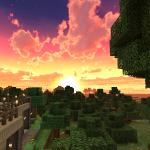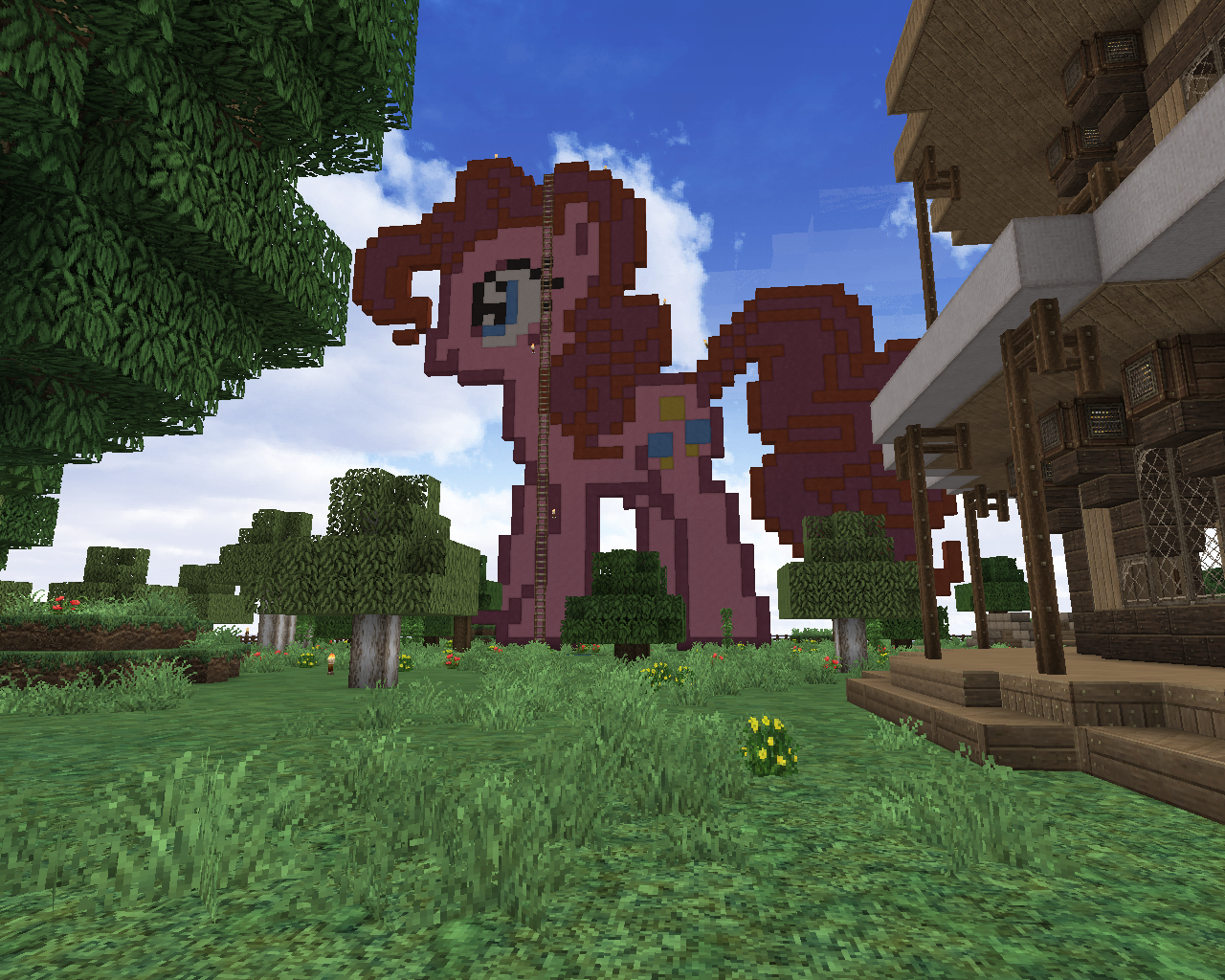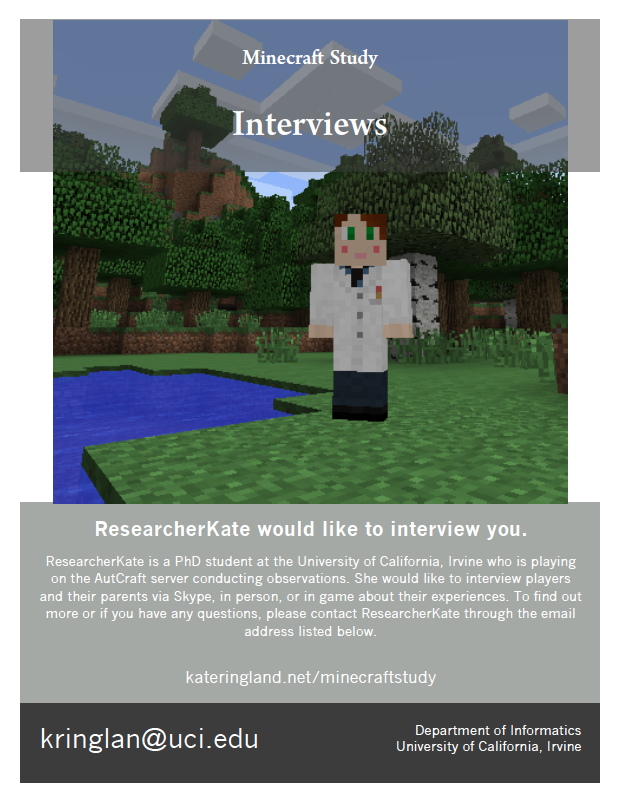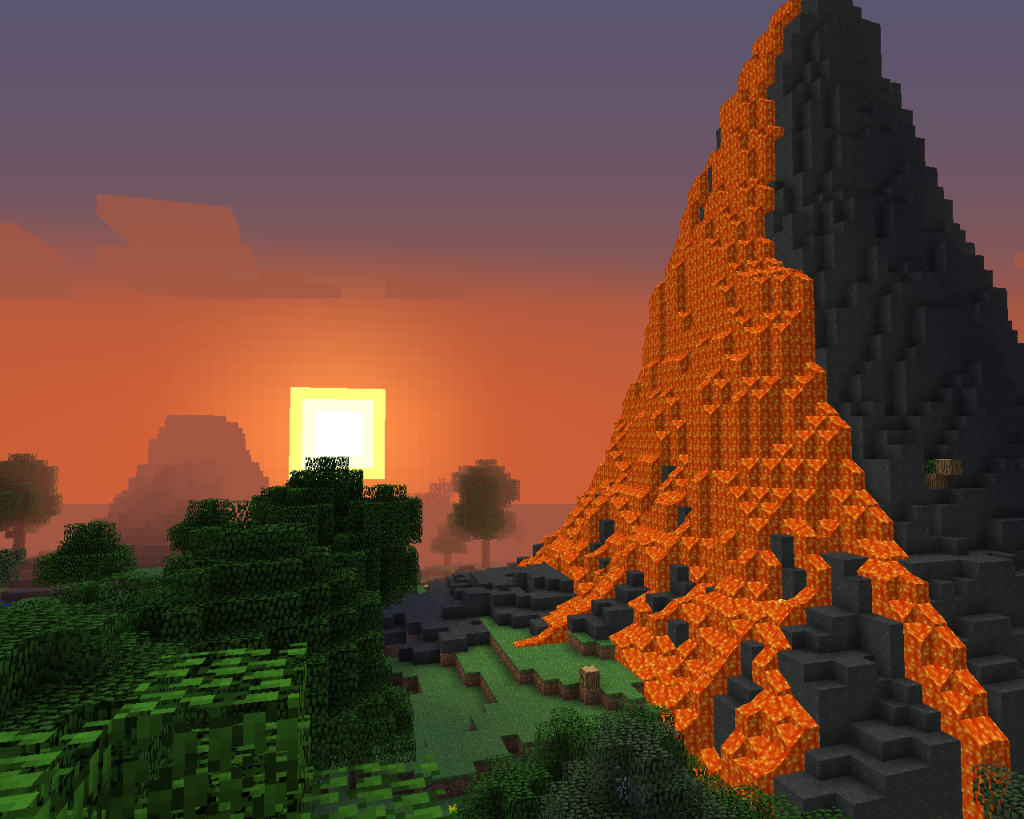Tag: Autism Spectrum Disorder (Page 3 of 4)
Social media, including virtual worlds, has the potential to support children with autism in making friendships, learning pro-social behavior, and engaging in collaborative play with their peers. However, currently, little is known about how children with autism interact socially in online spaces. Furthermore, there is much more to learn about how technology can support these collaborative interactions. In this study, I propose investigating how a virtual world can be intentionally run alongside other complementary social media (e.g., website, forum, Facebook, Twitter, and Google+) specifically for children with autism. The contribution of this work is to create design guidelines for creating social media systems (including virtual worlds) to support social interactions of children with autism.
Current Publications:
Kathryn E. Ringland. 2019. “Do you work for Aperture Science?”: Researching and Finding the Gamer Identity in a Minecraft Community for Autistic Children. In FDG 2019. [PDF] [BLOG]
Kathryn E. Ringland. 2019. A Place to Play: The (Dis)Abled Embodied Experience for Autistic Children in Online Spaces. In CHI 2019. [PDF] [BLOG]
Kathryn E. Ringland. 2019. “Autsome”: Fostering an Autistic Identity in an Online Minecraft Community for Youth with Autism. In iConference 2019 Proceedings. [PDF] [BLOG]
Kathryn E. Ringland, LouAnne Boyd, Heather Faucett, Amanda L.L. Cullen, Gillian R. Hayes. Making in Minecraft: A Means of Self-Expression for Youth with Autism. In IDC 2017. [PDF] [BLOG]
Kathryn E. Ringland, Christine T. Wolf, LouAnne E. Boyd, Mark Baldwin, and Gillian R. Hayes. 2016. Would You Be Mine: Appropriating Minecraft as an Assistive Technology for Youth with Autism. In ASSETS 2016. [Acceptance Rate: 25%]. Best Paper. [PDF][BLOG]
Ringland, K. E., Wolf, C. T., Faucett, H., Dombrowski, L., & Hayes, G. R. (2016). “‘Will I always be not social?’: Re-Conceptualizing Sociality in the Context of a Minecraft Community for Autism”. In Proceedings of ACM CHI Conference on Human Factors in Computing Systems 2016. [Acceptance Rate: 23.4%]. [PDF][BLOG]
Ringland, K.E., Wolf, C.T., Dombrowski, L., and Hayes, G.R. “Making ‘Safe’: Community-Centered Practices in a Virtual World Dedicated to Children with Autism”. Proceedings of the 2015 ACM International Conference on Computer Supported Collaborative Work, ACM (2015). [Acceptance Rate: 28.3%]. [PDF][BLOG]
Ringland, K.E., Wolf, C.T., Hayes, G.R. (2015, May 15). “The Benefits of Online Play: An Investigation of Virtual Worlds for Children with Autism Spectrum Disorder”. International Meeting for Autism Research Salt Lake City, Utah.
Ringland, K.E., Hayes, G.R. (2014, April 27). “Virtual Worlds: An Alternative Method for Communication for Children with Autism Spectrum Disorder”. Workshop: Supporting Children with Complex Communication Needs. ACM SIGCHI Conference on Human Factors in Computing Systems. Toronto, Canada. [PDF]
Last Updated: September 16, 2019
Related Posts:

A Place to Play

“Autsome”: Fostering an Autistic Identity in an Online Minecraft Community for Youth with Autism

CHI 2019 Honorable Mention
Individuals with autism and other neurodevelopmental disorders often experience sensory perception impairments, which can lead to challenges such as sensitivity to loud noises or irritation from specific textures on their skin. Atypical movement, such as rocking, can be exhibited as compensation for this sensory perception impairment.
Currently, therapists use dance therapy to stimulate the various senses in children with autism to help reduce atypical movement and to increase engagement in the activity. DanceCraft is a system developed to further the aims of dance therapy by increasing the children’s body awareness. We will be exploring how the software engenders different interactions styles to help inform the design of future systems focused on using body based movements to support dance therapy.
Related Posts:
Keep on Dancing

Minecraft Interviews

The purpose of this research is to determine how children with Autism Spectrum Disorder use the virtual world Minecraft to communicate. While there are no direct benefits from participation in the study, it may explain how children with Autism Spectrum Disorder socialize and how to best assist them with technological interventions for communication. Interviews will take place within Minecraft, in person, or via Skype, depending on your preference. Interviews should take approximately 1 hour.
Please email me at kringlan [at] uci [dot] edu to arrange an interview!
Click HERE for info for parents.
 I am happy to announce that our paper, “SensoryPaint: A Multimodal Sensory Intervention for Children with Neurodevelopmental Disorders” has received Best Paper Nomination at Ubicomp 2014. Many thanks to my awesome co-authors as well as others who helped with editing and other feedback. I presented this paper Sept 17, 2014.
I am happy to announce that our paper, “SensoryPaint: A Multimodal Sensory Intervention for Children with Neurodevelopmental Disorders” has received Best Paper Nomination at Ubicomp 2014. Many thanks to my awesome co-authors as well as others who helped with editing and other feedback. I presented this paper Sept 17, 2014.
Full citation here:
I’ve been making steady headway into my project development. This last week, I overcame some large hurdles which should mean smoother sailing this week. My favorite part? How iOS has speech synthesizing built right in.
Also- I realize the Japanese isn’t perfect! I promise, I’ll have a native speaker (or two) review my app before I show it off properly. 🙂
Here’s a short video of my design motivation and sketches of my communication app for Japanese children with autism. After consulting with my mentor at Hiroshima University, Dr. Norimune Kawai, I finished the basic sketches last week and have been hard at work coding a prototype for iPad. Coming up next: the development of the app. Stay tuned!
Dance Buddy animation is complete!


